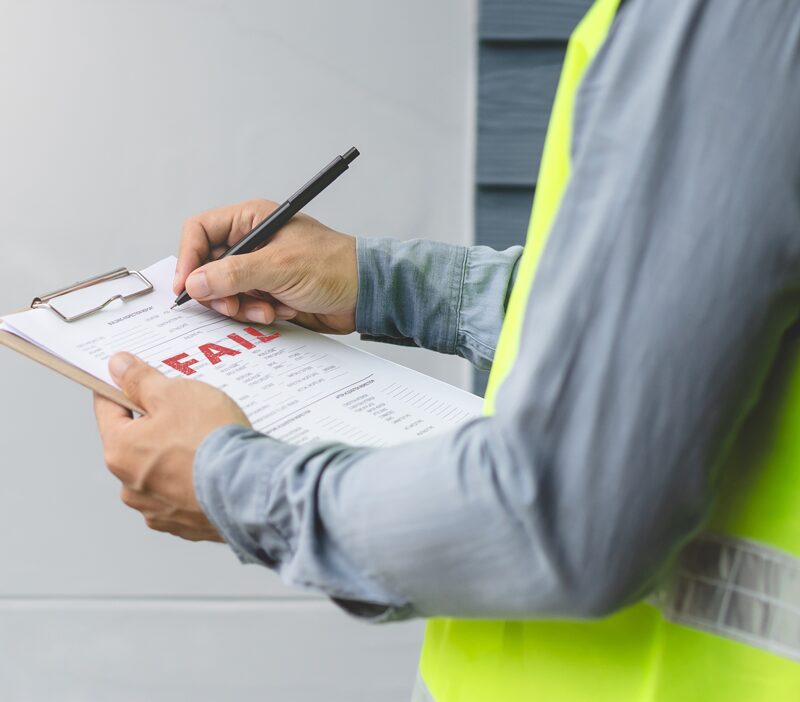Why Sellers Shouldn’t Measure Square Footage Themselves


Marketing the square footage of a home can work against sellers. Buyers tend to want more space than they currently have, but if your home is on the small side, they may not even consider it. Your smaller home may actually be more comfortable and feel more spacious than one with a bigger but less efficient footprint. On the other hand, some homebuyers want a manageable space, so a big home could be viewed as too much maintenance and expense.
Professionals measure homes differently: some by exterior dimensions, others by room measurements using a laser or tape. Without a standard method, results vary, and accuracy can be uncertain.
Measuring your home yourself can lead to disputes and potential liability if buyers contest your figures.
Instead, use third-party data for square footage, such as a bank appraisal or property tax records. The original builder’s floorplan with measurements is even better. Ultimately, buyers want to know how much living space they’re getting for their money.





















